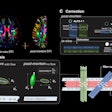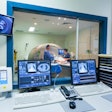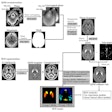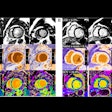Using functional MRI (fMRI), researchers from the University of Vermont have discovered previously unknown networks in the brain that may offer insight into why teenagers develop drug abuse.
According to the study of 1,896 14-year-olds published online in Nature Neuroscience, differences in these networks provide strong evidence that some teenagers are at higher risk for drug and alcohol experimentation, because their brains work differently and make them more impulsive.
Principal investigator Hugh Garavan, PhD, associate professor of psychiatry, noted that the differences in these networks appear to precede drug use (Nat Neuro, April 29, 2012). In particular, diminished activity in a network involving the orbitofrontal cortex is associated with experimentation with alcohol, cigarettes, and illegal drugs in early adolescence.
Garavan added that testing for lower function in this area and other brain networks possibly could be used by researchers as a risk factor or biomarker for potential drug use.
The researchers also were able to show that other newly discovered networks are connected with the symptoms of attention-deficit hyperactivity disorder (ADHD). The ADHD networks are distinct from those associated with early drug use.


.fFmgij6Hin.png?auto=compress%2Cformat&fit=crop&h=100&q=70&w=100)

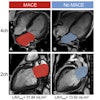

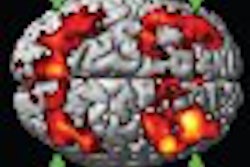

.fFmgij6Hin.png?auto=compress%2Cformat&fit=crop&h=167&q=70&w=250)


